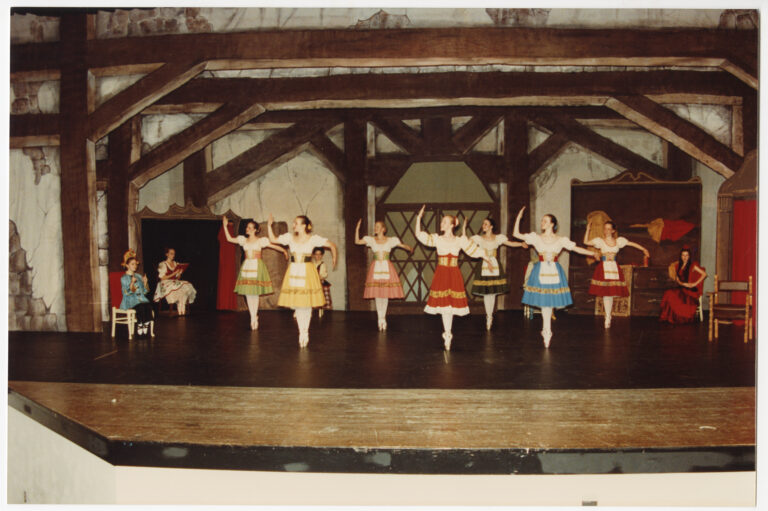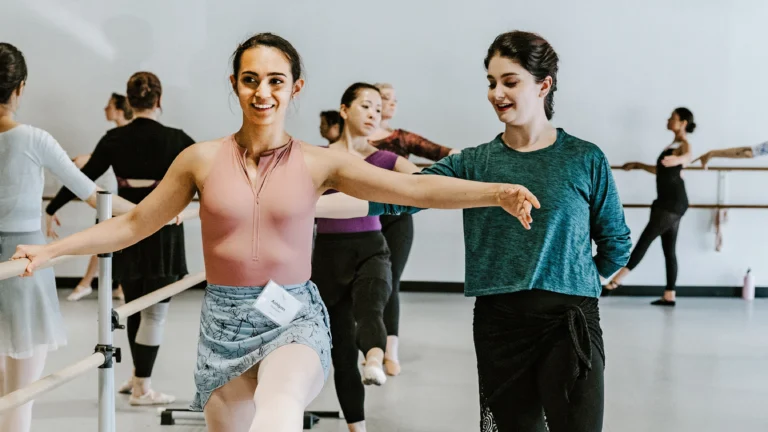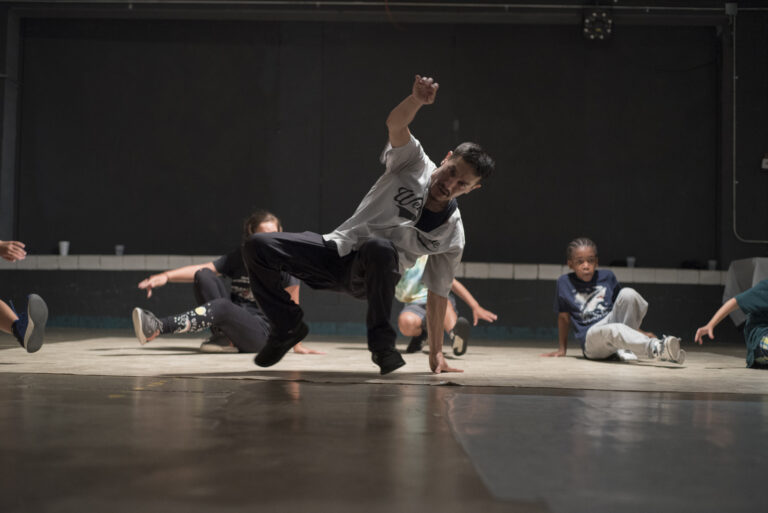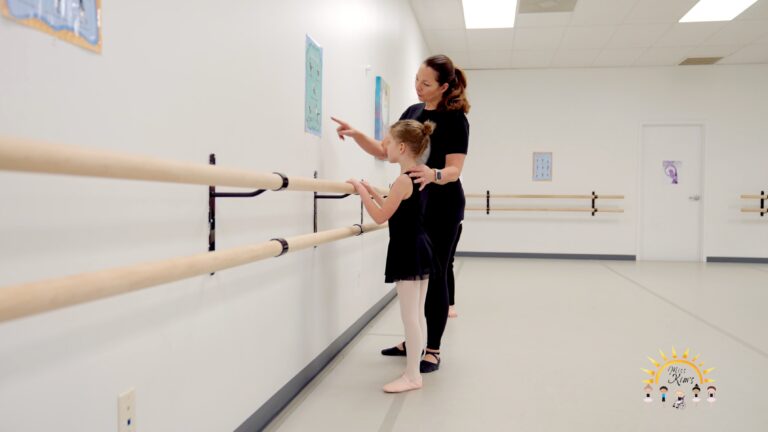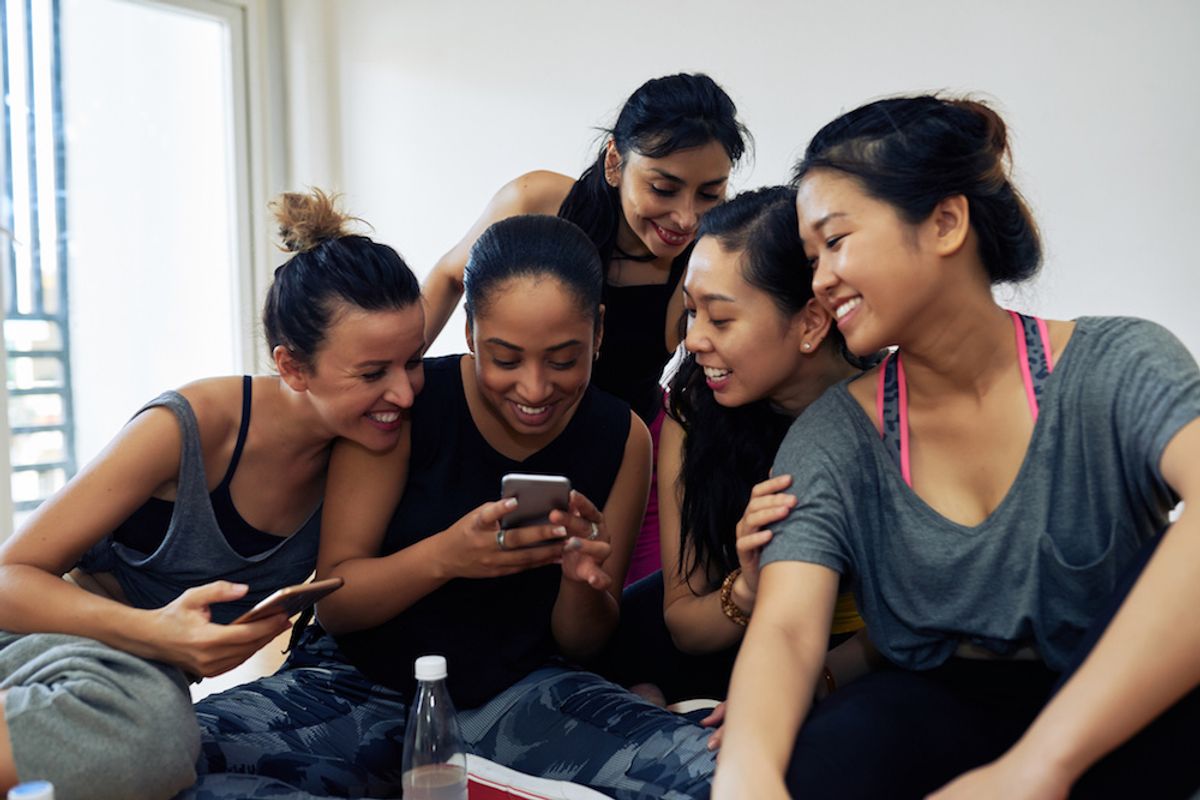
Dance teachers aren’t dummies. As in every other industry, the importance of social media for growing a business is not lost on any of us. It’s in knowing exactly how to use it effectively that’s the challenge. For a group of artists who work within the confines of centuries-old techniques, it’s no wonder we start shaking in our boots the second we hear words like “algorithm” and “digital strategy.” What’s more, the Wild West of Instagram, Twitter and Facebook is constantly changing. How are any of us supposed to feel like we have a handle on things?
Don’t worry—we’ve got you covered. We caught up with an expert, Brigham Young University School of Communications faculty member Adam Durfee. Named Social Media Innovator of the Year for 2019 by The Social Shake-Up conference, he’s spilling on the do’s and don’ts that will make all the difference in engaging your audience and growing your dance studio business.
Don’t focus on how many followers you have.
Do focus on how much engagement you’re getting.
“Social media is a world full of vanity metrics,” Durfee says. “People like to talk about how many followers they’re getting and how many likes they’ve racked up. Unfortunately, the truth behind this is that most, if not all, vanity metrics can be purchased and have very little meaningful value for a business. Followers don’t automatically equate to business. Savvy social-media professionals, instead, focus on engagement with their audience. Instead of trying to drive new people to like your page, try to get your followers to care about your organization. Getting them to talk with you online and share your content is far more correlated to future business than is volume of followers.”
Don’t set a standard for number or frequency of posts.
Do set a standard for the quality of your posts.
“Social-media practitioners often get desperate when it comes to posting,” Durfee says. “They worry about slipping metrics and lack of effect on the bottom line and turn to articles and blogs online talking about how often people should be posting. I just read the other day that people should be posting at least four times a day to ensure reach! If we’re here to myth-bust, this one should be smashed to pieces.
“While some organizations do see a boost in social metrics with an increased volume of posts, that’s not a formula for success that can be copied to any organization in any industry. Best practice for social media in 2019 is focusing on the quality of posts, not the quantity. One of my favorite examples of this principle in action is Oreo. Choose your favorite social platform and look at their account. They have millions of followers, and yet they choose to only post about once a week. Why? Because they want to share compelling, high-quality and interesting content with their fans. That’s how they keep people engaged. If you’re running social media for your business, ask yourself simply, what content would this audience be interested in? Is it behind-the-scenes? Is it the latest news? Is it new ways to use your product? If your post wouldn’t get you to stop scrolling and take a look for a moment, then don’t expect your audience to, either. You can be your own test subject!”
Don’t try to build virality.
Do try to build a community.
“Very few things in social media make me cringe more than the concept of ‘virality,'” Durfee says. “No one can promise virality. Going “viral” shouldn’t be a part of anyone’s plan. If there were a formula to get viral reach on a post, the same companies would be achieving it every day. Unfortunately, the internet community and the algorithms that serve it are a fickle bunch.
“Instead of trying to create the next best post, think about creating the next best post for your community. The ideal social-media community is made up of your real-world customer and fans. Oreo is not out there trying to get people who have never heard of them to follow them. They’re creating periodic, high-quality content meant to delight their followers—who are made up of the people who regularly consume Oreos.
“Social media should be about connecting your real-life love group with your online presence so you can talk and build your relationship outside of the touch points of day-to-day business. If you’re running a dance studio, this is your students, the parents of the students and those who teach and work in your studio. These are the people who need to love what you do. Find content that brings them together. Consider creating groups online (like the ones available on Facebook) for people to engage in regular conversation and use the front-facing page to give your target community a peek into what is going on in your world. If you can become a part of a person’s community, then you can count on their business and eventually that of their friends. This takes time, but good practitioners know it’s the key to using social media effectively.”
Don’t post all your content everywhere.
Do tailor your content to post it where it belongs.
“So often, people will take one post for social and cross-post it on Facebook, Instagram, Snapchat, Twitter, etc. and check it off as ‘doing social media,'” Durfee says. “In reality, social media is a community of people who logged on to a specific platform to see messages tailored to that platform. When I teach social media, I tell professionals and students to come up with a ‘foundation idea.’ For dance, this might be showing an audience what it’s like to choreograph a routine. Then I tell them to shape the posts to match that idea so each is unique and emphasizes its medium. For example, maybe I write a blog post where I interview a choreographer. Then I put snippets of the final choreography on a story in vertical video format. I post 30 seconds of the interview on Instagram and, in both the story and Instagram, ask people who are interested to follow the link to my story on the blog. Then I create a horizontal version of the video to display on Facebook and YouTube where the medium prefers landscape orientation. Then I include a live behind-the-scenes of the making of the video and interview on my Snapchat. Finally, I ask my Facebook group to take a look at the video and give me their thoughts and ask how they go about choreographing and take part in the discussion. This way, I’m creating unique content around one idea and those ideas come to life in the way their particular mediums want them. While this may be harder, this is quality. This is the social media that keeps businesses alive and thriving online today.”

